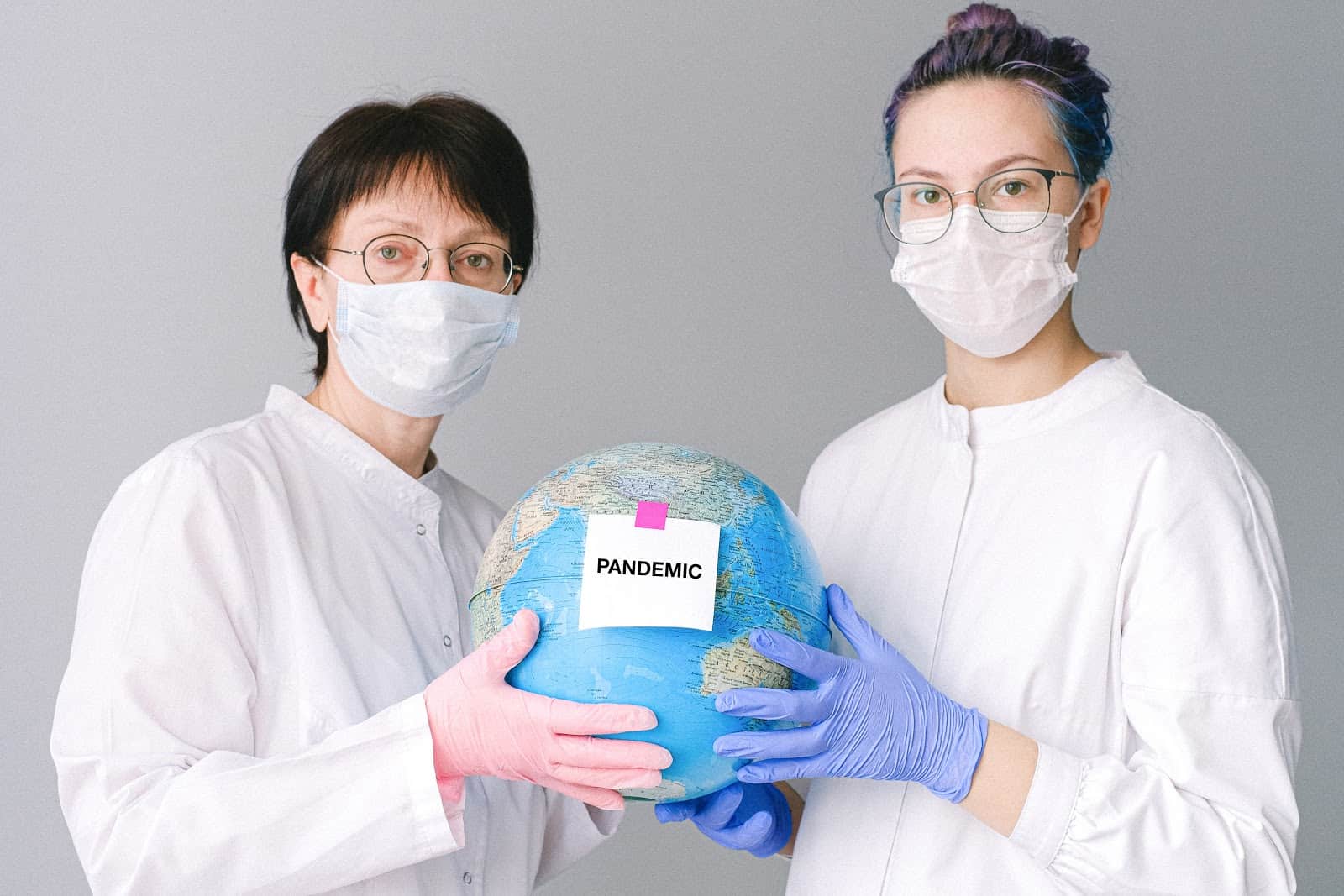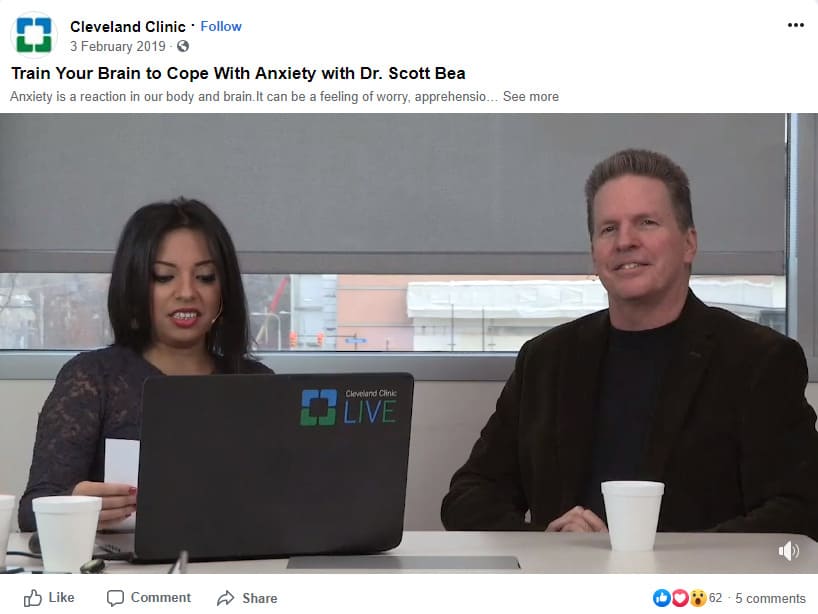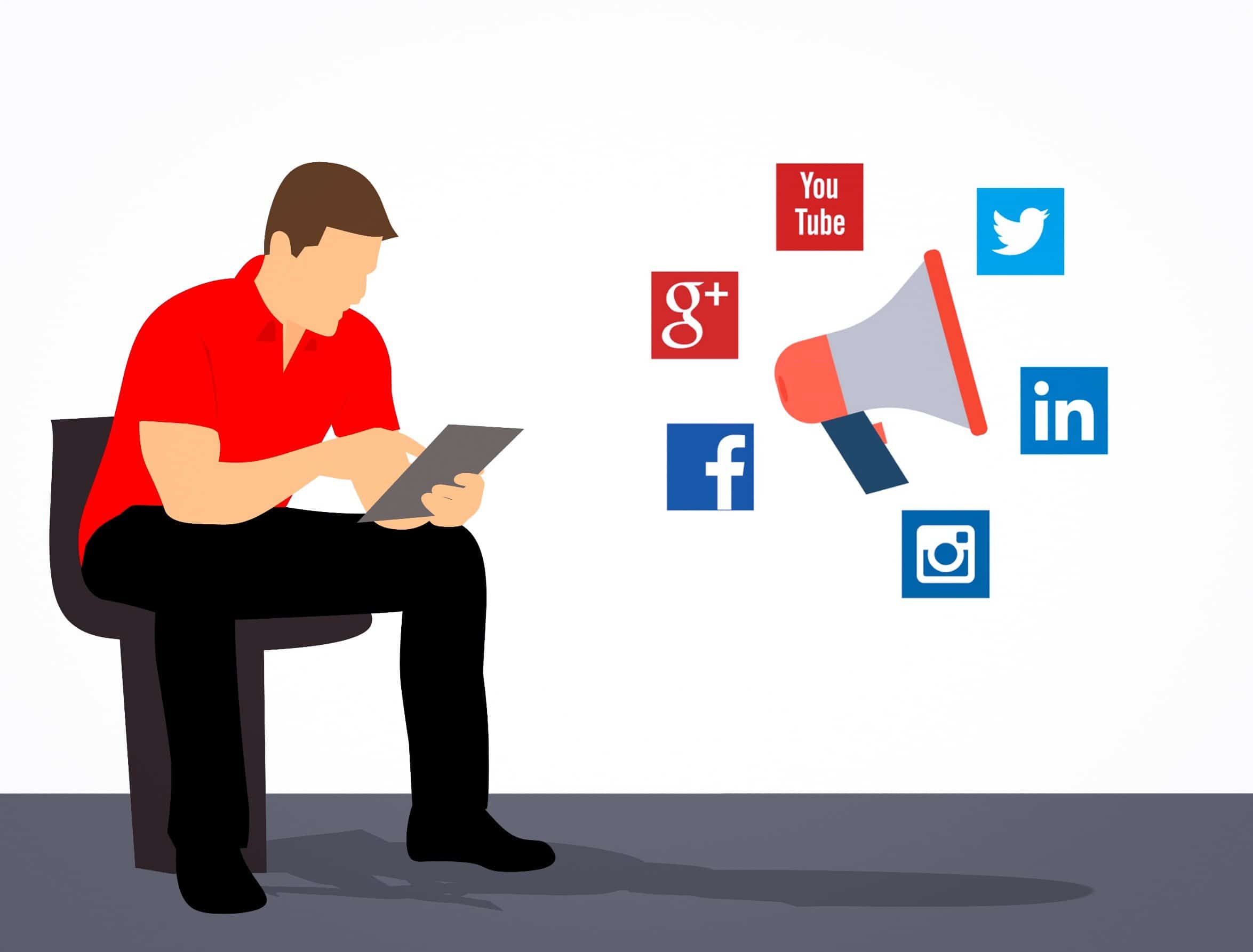Social media has become an indispensable marketing tool. From entertainment and retail to hospitality, manufacturing, and real estate — every industry uses this medium to build brand awareness, connect with their audiences, and survive. The same holds for the healthcare industry. How can the healthcare industry use social media platforms to engage and build their patients?
It’s interesting to note that 80% of users who engage on social media are specifically looking for health information.
This means that healthcare companies should use social media to:
- Create brand awareness
- Educate their audience
- Debunk false information
- Facilitate meaningful conversations
- Build trust and patient loyalty
But as we know, social media in healthcare has to be approached with caution.
Organizations need to ensure that their social media efforts comply with the Health Insurance Portability And Accountability Act (HIPAA) regulations.
That doesn’t mean you resort to boring and dull content.
Let’s take a look at how you can post engaging social media content that builds patient trust while complying with the rules and regulations.
1. Create engaging, original content

Look at this stock photo: what does it tell you? Absolutely nothing.
That’s the thing about stock photos — while they’re easy to source, very few are effective in conveying the message you want to put across because they are overused and hard to relate to.
What’s more, let’s not forget that social media is a visual-first medium. That means you need to have a strong visual game in order to capture attention, get people to engage with your brand, and boost organic reach.
What is the solution, you ask? Create high-quality, unique graphics that help your posts stand out in a noisy timeline. They help you strike a chord with the audience while building trust in the process.
Here are some original graphic ideas for your healthcare brand’s social media posts:
- Infographics
- Illustrations
- GIFs and memes
- Charts and diagrams
- Real photos of patients, doctors, and nurses
- Inspirational quote graphics
- Pictures of your hospital, clinic or services in use
If you’re worried about not having a designer in the team, don’t be. You can use an online poster maker to create eye-catching social media visuals.
Look at this interesting flowchart that illustrates if one should get tested for COVID-19. It visually addresses a pressing concern and makes for an appropriate social media post.

Source: Venngage
2. Tell stories with videos
Speaking of original content, videos is another.
Branded videos are considered to be nearly 3X more popular than branded blogs or ebooks, making it imperative to incorporate them into your social media marketing plan.
A huge part of healthcare marketing is about building trust. It’s imperative to gain your audience’s confidence and position yourself as an expert to attract patients.
Video marketing can help you achieve that because it’s engaging, evokes emotions, and lets you tell a persuasive story while showing the human side of your brand.
Here are the various ways to use videos for your healthcare brand:
- Create explainer videos to educate your audience
- Share informative content (eg. recipes, preventive tips, etc.)
- Give product demonstrations
- Go behind-the-scenes or do a virtual tour of your hospital or clinic
If you’re not working with a marketing agency, you can use an easy-to-use video creation tool such as Vyond.
Here’s an example of an explainer video by Mayo Clinic where they talk about how people with multiple sclerosis can get good sleep.

3. Host live Q&As
Social media is a two-way street. It’s not enough to bombard your followers with branded content, you need to also initiate meaningful conversations and address their concerns.
The best way to do this is to host Q&A sessions wherein you can get an in-house healthcare expert to answer people’s questions on the spot. Doing this boosts credibility and lets your followers know that you are genuinely listening to what they have to say.
You can host Q&A sessions via Facebook or Instagram Live or even through hosting a Twitter Chat.
Cleveland Clinic does this well. They have a Facebook Live series called ‘Ask the Expert’ where they get their medical experts to answer questions on health and wellness.

4. Share patient success stories
Empathy is one of the most important elements in medical marketing, as per a recent Forbes article and rightly so. It helps build trust, guides patients’ decision-making process, and helps you differentiate yourself from your competitors.
The idea is to make patients the hero of the story.
An effective way to do that is by sharing patient success stories. This form of user-generated content inspires potential patients, helping them instill trust in your hospital or clinic.
So, leverage storytelling to craft compelling patient experiences that taps emotions and engages readers, while conveying what your brand offers.
Here’s an example of UCSF Health sharing patient stories on their social media page. They’ve done a post-surgery update where they talk about how the patient is doing, along with a quote.

5. Highlight team achievements
Your nurses, pharmacists, and doctors carry the show. They’re the ones who are leading from the front and are the face of your brand.
So, let your social media community get an insight into their ways of working and achievements.
Showcase your front liners to form a connection with your audience. Let them see what the team comprises of before they’re able to consider your healthcare organization.
Here’s an example by Boston Children’s Hospital showing how their doctors are using a series of symbols to help COVID patients who are too sick to express their needs.

The takeaway: use social media in healthcare to build trust
Yes, social media is an integral part of your healthcare marketing plan but what’s important is utilizing it effectively to build a community and position yourself as a reliable source of information.
Your audience needs to trust you with their healthcare needs and these five tactics will help you achieve that and strengthen your social media presence.










